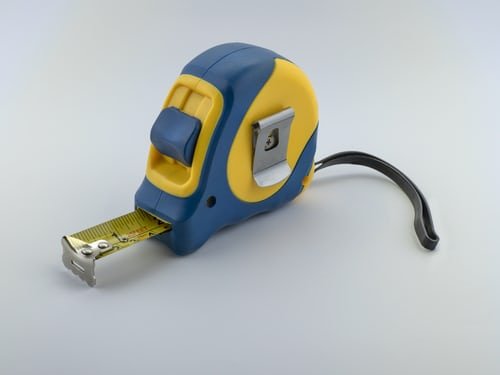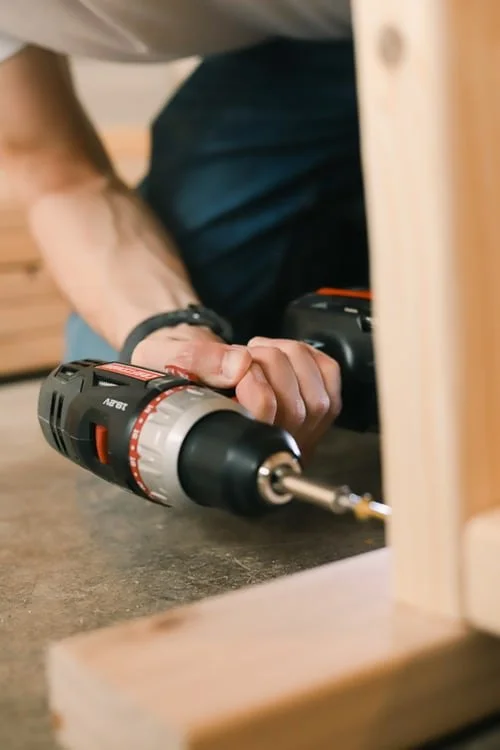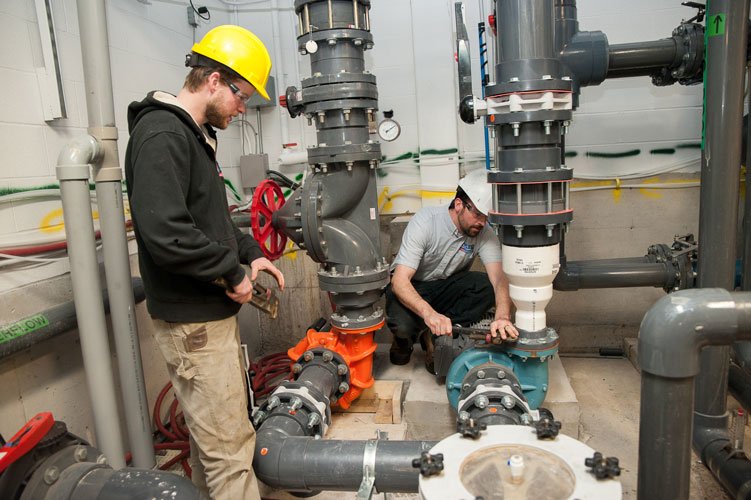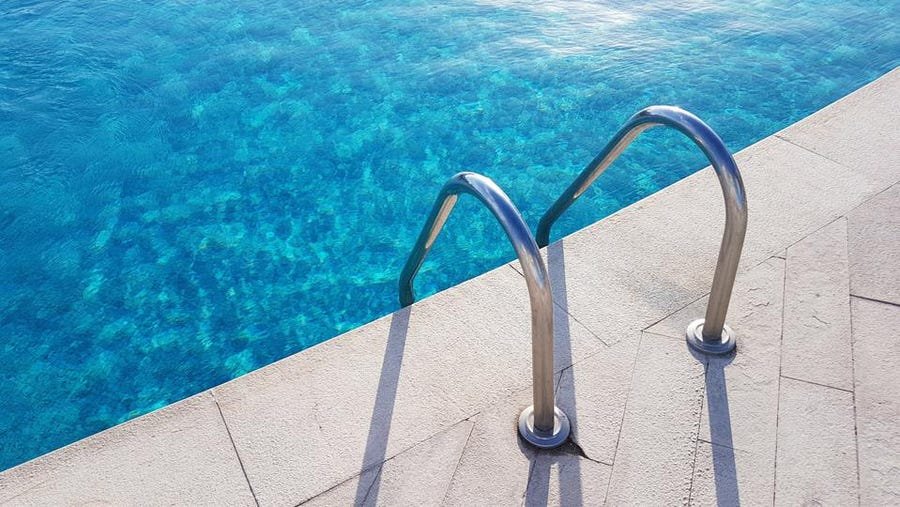In the home, mold is unwelcome. It darkens the bathroom corners, stains the walls, and develops between the tiles. It's an obnoxious sight that feeds on and rots moist wood. Mold can grow and become difficult to eradicate over time. Mold causes respiratory ailments and is generally harmful to human health, in addition to being a horrible sight.
Infestation with mold is a big issue in any home. You might be tempted to clean it up on your own once you've found the presence of this health-threatening fungus. Mold clean-up is a job that should be left to the pros. However, if the infestation is minor, you may be able to handle it on your own. But in case of major issues, find a mold inspection specialist.
But first, read on to learn about the fundamentals of mold remediation, as well as the right methods and procedures for properly removing it without jeopardising your health and safety.
Determine the type of mold
Mold infestation can be found in almost every home. The best solution is to collect them before they gather and become large chunks. These molds are hazardous to your family's health, and as they grow larger, they become more difficult to remove. The elimination of black mold can be done with common cleaning supplies found in the supermarket. Molds are easily distinguished by their little black patches that quickly grow into enormous colonies.
The secret to identifying mold is to use bleach to test it. Mildew can be easily identified by a few drops of home bleach applied to the mold. This is generally seen in moist places. Mildew-mold and dirt mold are the two types of black molds. Mildew mold is easily removed with bleach, however dirt mold does not. Other types of mold are hazardous, so if you have respiratory issues or are prone to allergies, it's best to find a mold inspection San Diego specialist.
Once you've determined what kind of mold you're dealing with, it's time to prepare for safety.
Protect yourself and follow safety procedures
When dealing with mold, it's more crucial than anything else to protect oneself from its damaging consequences. A thin mask isn't going to help. You'll need to wear clothes that you can wash right away or, better yet, throw away after each use. Remember that mold has a distinct stench, especially if it is thick and crowded.
If you wash your clothes alongside other garments in the washing machine, mold can attach to them and spread to other clothes. Wear clothes that you can throw away after you soil them instead of washing them. Goggles and gloves will be required. These particles must be protected from your eyes. They can get into your eyes, and if you don't wear protective gloves when cleaning, mold can go into other regions of your body. If you haven't showered after general black mold removal, we recommend that you don't eat.
Because spores can rapidly move through the air, it's essential to keep the space well ventilated when cleaning. These spores can also stick to the blade, so to save time cleaning the fans you've used, get the cheap ones that you can just throw away afterward.
When it comes to the mask you're wearing, if you have a thin mask, you can layer it to avoid having to buy the N-95, which can be quite expensive. Wearing the mask in multiple layers should suffice.
This should not be removed during the cleaning process. When you're dealing with mold, turn off your furnace and air conditioner. We don't want those spores to spread throughout the room, if not the entire house, creating breathing and respiratory issues. To prevent particles from moving to the adjacent room, you can also block the door gaps.
Mold remediation process
Now that you're prepared for mold removal or black mold removal, we may begin the cleaning process. To begin, look for symptoms of mold. Examine the moldy walls and pry them open with a screwdriver. Don't be afraid to cut through the drywall because you'll be replacing it anyhow, or you can get someone to do it for you. Make sure you discover the source of the molds and open up the walls to do so.
Scrub the surfaces with a mold cleaner, making sure to get all of them. Allow the solution to soak in for a few minutes after scrubbing to allow it to penetrate the wood or wall. You can now clear up the wall debris while the mold cleaner is working. To remove the moldy wall, use a vacuum cleaner.
Place the larger components in a strong rubbish bag. You can now wipe the mold cleaners after a few minutes. They should not be washed. You can wipe them off and then use a wood primer to seal the wood surfaces. This will improve the condition of the wood or the surface. After that, you can install negative air machines to get rid of any leftover mold cleaning and mold odours.
Get the right cleaning product
First and foremost, gather your supplies. In order to clean mold, you'll need a dependable product. Many homeowners believe that bleach is a good mold treatment. However, bleach is a powerful chemical that can be harmful to your health. It also does not remove the mold. Its colour simply shifts from black to white or grey. There's still a chance that the mold will return after a few weeks of bleaching.
Borax, a white powder that can be found in the grocery, detergent, or laundry area, is a common DIY mold treatment tool recommended by mold professionals. To clean mold using borax, mix one gallon of hot water with the powder. Apply the solution to the moldy surface and scrub it away with a rug or brush until the mold is gone. It's not necessary to rinse it because the borax will prevent the mold from returning. This cleaning should not be used on porous surfaces like drywall. These materials readily absorb water. This could exacerbate the problem because mold thrives in wet settings. You can also call a professional to remove mold in San Diego.
Dress appropriately
Before you begin your DIY mold removal, make sure you are adequately equipped. If you're utilising a chemical, wear gloves, goggles, and loose clothing. Dispose of or thoroughly wash your clothing and gear after cleaning the mold. Mold spores fly through the air and can readily spread throughout your home.
When it comes to black mold eradication, it's best to leave it to the specialists. Black mold is a toxic type of mold that can be harmful to your health.
The surface should be completely dry
The final and most crucial step in removing mold is to dry the affected area. Keep in mind that moisture is the primary source of mold growth. These fungus thrive in a moist, humid environment. The surface will be damp for a while because you will be cleaning mold with water. By ventilating the area, you can hasten the drying process. If feasible, open doors and windows and use a dehumidifier. Air movers can also be used to swiftly dry the surface.
Conclusion
You, like the majority of homeowners, want to learn how to remove mold on your own. It's a good thing, and knowing the must-dos and must-haves for cleaning mold is essential to your project's success.
However, it is recommended that you engage with the best mold specialist San Diego if you are unsure about the entire mold mitigation process or if the mold infestation in your home is too large to handle. They are the best people to work on it since they have not only the necessary expertise and training, but also the necessary tools and equipment to properly remove mold.
Author Bio:- Aimee Grace
Aimee is a marketing manager at EZ Plumbing & Restoration. She is very passionate in writing about discrete plumbing services and leakage detection as well as repair solutions. Her vision is to educate people about the consequences of water and slab leaks at home or office and what they should do to repair them to avoid further water damage as well as property damage.
Innovations have paved a way for smart devices to lead a convenient life. Plumbing industry is no different but only few people know about various tools used to fix the leakages. Stay tuned with the recent articles to know all about how to find water damage, slab leak, clogging, and ways to repair them, installation of new HVAC appliances in San Diego.
















